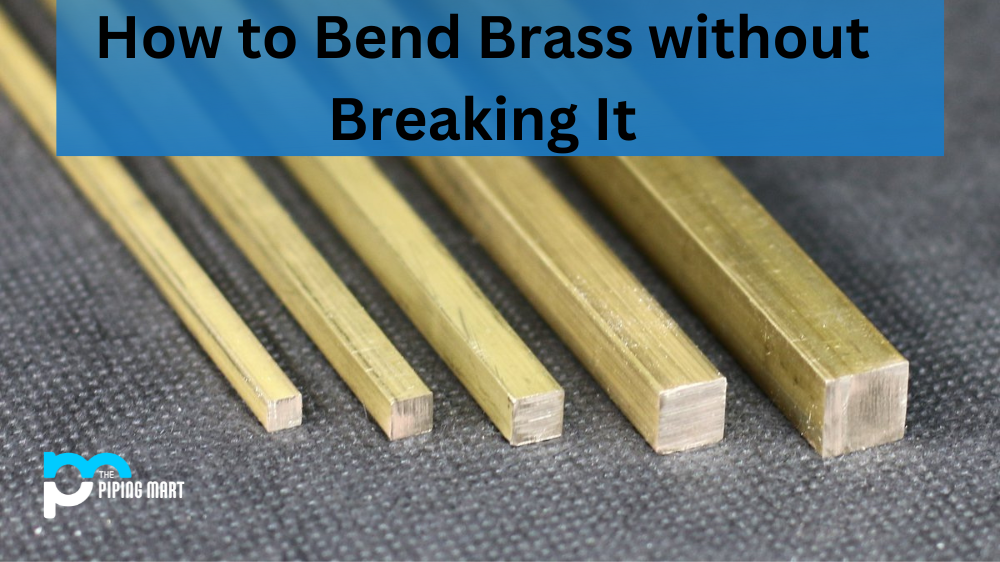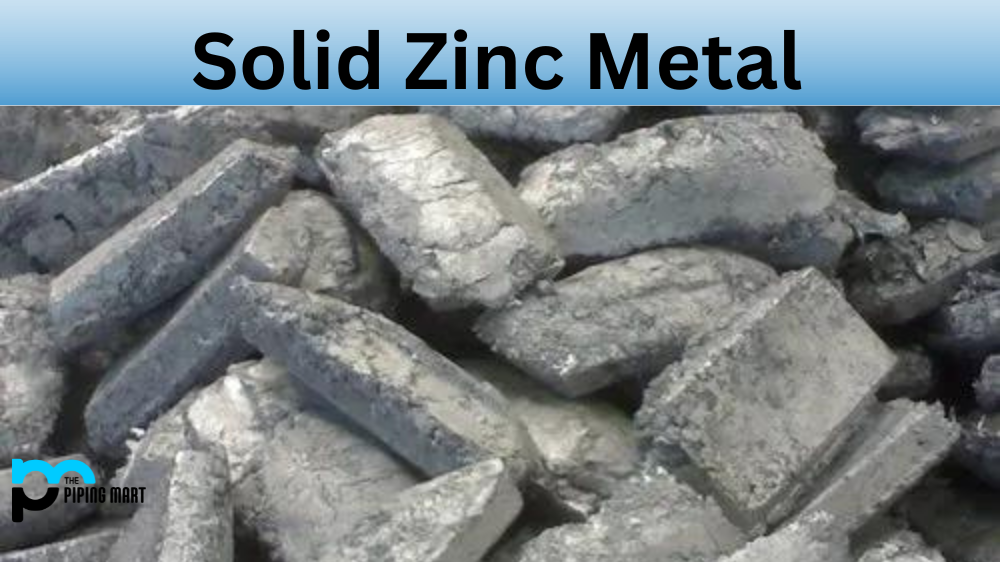Regarding metal alloys, two of the most common are ductile iron and mild steel. Both materials have their strengths and weaknesses, so understanding the properties of each is essential for making informed decisions about which alloy will best suit your needs. Let’s look at some of the differences between the two alloys.
Difference Between Ductile Iron and Mild Steel
Strength & Durability
When comparing ductile iron and mild steel, one of the main points of comparison is strength. In general, ductile iron is stronger than mild steel in tension and compression tests. This makes it an ideal choice for applications that require high load-bearing capabilities, such as bridges or cranes. Ductile iron also has higher fatigue strength than mild steel, which can withstand repeated stress without failure. On the other hand, mild steel may be more suitable for applications that require flexibility instead of strength.
Cost & Availability
Regarding cost, mild steel tends to be cheaper than ductile iron due to its lower production costs. However, this difference in cost may be insignificant when considering large orders since prices tend to drop with increased quantity. Both metals are readily available on the market though mild steel may be slightly easier to find due to its higher demand.
Corrosion Resistance
Finally, corrosion resistance is another point of comparison between ductile iron and mild steel. Ductile iron has better corrosion resistance than mild steel because it contains a higher amount of chromium which helps create a protective layer against rusting or corrosion from moisture or substances like salt or acid rain. Mild steel does not have this protective layer, so it is more susceptible to rusting over time if exposed to moisture or corrosive elements in its environment.
- Ductile iron is stronger than mild steel.
- Ductile iron is more resistant to wear and tear.
- Ductile iron is more resistant to corrosion.
- Ductile iron can be cast into complex shapes.
- Mild steel is less expensive than ductile iron.
- Mild steel is easier to weld than ductile iron.
Conclusion:
When deciding between ductile iron and mild steel for your project needs, there are several factors to consider, such as strength/durability, cost/availability, and corrosion resistance. By understanding these differences, you can make an informed decision about which material is suitable for your application based on performance requirements and budget considerations. Ultimately, either material could serve you well depending on what you need them for—the important thing is knowing what they can do so you can make an educated choice!

A passionate metal industry expert and blogger. With over 5 years of experience in the field, Palak brings a wealth of knowledge and insight to her writing. Whether discussing the latest trends in the metal industry or sharing tips, she is dedicated to helping others succeed in the metal industry.




